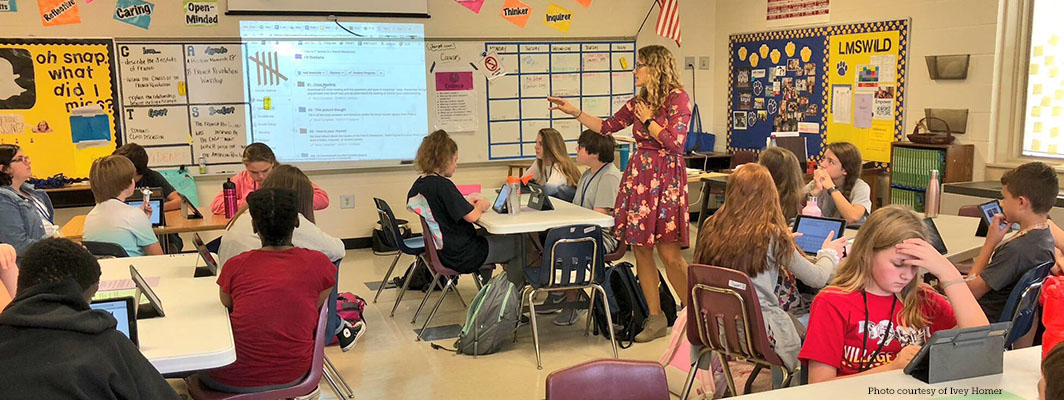
June 25, 2019 | By Ivey Homer
It’s brutal, but it’s real. This endless cycle makes the vetting process of new edtech tools tedious for coaches and educators everywhere.
Although the edtech discovery process looks different for everyone, the quest should always be driven by the same question: What will this allow my students to do that otherwise would not be possible? I often equate the process for sifting through and selecting impactful edtech tools to selecting a life insurance policy. There are so many questions and moving pieces to consider: How is my current state? Do I really need all these “extras?” What’s the cost? Then, in the end, will it have been worth the investment and will my family or students be better off because of my decision?
I try to stay current through online professional learning communities (PLCs) such as an instructional coaches community on Facebook and ISTE’s Virtual Environments Network; reading professional articles from Getting Smart like The Best Edtech Tool is an Empowered Teacher, following blogs of edtech leaders such as Jennifer Gonzalez’s Cult of Pedagogy, and talking with colleagues in my school and district.
I always like to hear how others use a tool within a classroom and the type of skill development it supports for both the teacher and students. This feedback largely serves as my edtech due diligence.
After all, technology should not only leverage content, but also support the development of 21st century skills for our students and boost conceptual understanding. The more an instructional technology incorporates the development of transferable skills, the better.
Too many options can be both a blessing and a curse. You heard the teacher down the hall is using Padlet, a “freemium” type of technology, as a way to offer students a collaborative platform, but you know that Google Docs and other, similar programs essentially do the same thing—which technology should you use? While using many edtech options in the classroom could arguably amplify student engagement, will several different edtech tools amplify engagement and provide students with a unique experience that doesn’t impede on instructional time to learn, while also yielding favorable student achievement results?
As a teacher, versatility outweighs trendy every time. Consider your audience—your students—using a dozen different applications when it all could be done using just one or a few pieces of technology. A thoughtful selection of one versatile tech tool will certainly save you lots of valuable instructional time, along with eye rolls and sighs followed by complaints of having to download another app, bookmark another link, or remember another username and password—especially if your district does not use a single sign-on.
When you switch platforms too frequently, you not only lose instruction time, you can also lose student interest as they have come to accept that this new platform will be left to the wayside when that newer, shinier tool comes along. Less can be more here, but we need to draw out the most from what is selected.
Ideally, I’d be able to review the research used to inform the product design or easily access third-party verification that the product is worth my time, but that information is rarely available. Therefore, when selecting edtech tools to use in my classroom, I give myself guiding questions that depend on what I want my students to be able to do or experience using the tool.
These questions include:
Finding and seamlessly implementing consistent technology that meshes well with pedagogy and provides students with opportunities to create, collaborate, communicate and think critically is the end goal. You are not going to select the right tool for the job every time, and that is okay. That is how you learn and that is how you figure out a better match for next time. However, selecting blindly or selecting based on “flash” is never recommended. Be intentional with your selection. Then, be consistent when determining whether the tool meets your and your students’ needs.
For more information on determining the potential impact of a tech tool in the classroom, learn about the Triple E Framework and Digital Promise’s Product Certifications. Explore the Edtech Marketplace Today blog series to hear other voices from the field share important perspectives on challenges and strategies around technology use for learning. Learn more about the Dynamic Learning Project and subscribe to Digital Promise’s Action Report to stay up-to-date on their work.

By Jackie Gantzer and Jin-Soo Huh